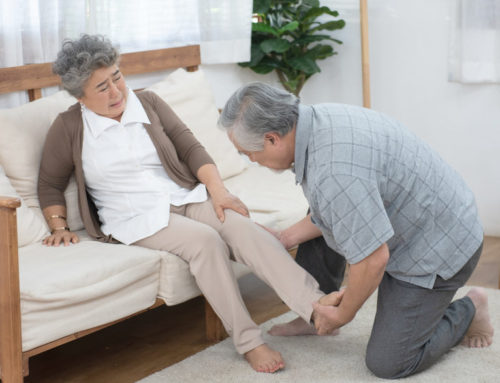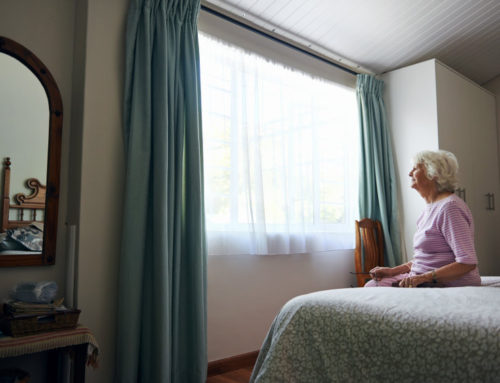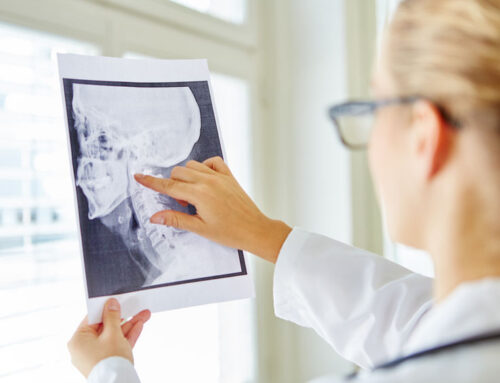Share This Story!
Tips To Aid In Stroke Recovery
A stroke is a medical emergency where the blood supply directed towards the brain is either interrupted or reduced. When the brain tissue isn’t getting enough oxygen, the brain cells can begin to die quickly. In extreme cases, a stroke can result in death. But over the years, fewer Americans are dying from strokes. However, depending on the severity of a person’s stroke, physical impairment is possible and physical therapy along with other treatments may be necessary to restore an individual’s mobility.
1. Treatment depends on the type of stroke
While strokes generally refer to a lack of oxygen or blood supply to the brain, the root cause can vary. Ischemic strokes refer to a clot that causes blocked blood flow, while hemorrhagic strokes refer to a ruptured vessel as the root cause. The proper treatment depends on which version is detected.
2. Prevention is the best way to avoid a stroke
According to research, as many as 80% of strokes can be prevented. Some of the most common underlying conditions that can increase a person’s risk of suffering a stroke include high blood pressure, high cholesterol, atrial fibrillation, diabetes, circulatory issues, obesity, a history of smoking, atherosclerosis, and not getting enough physical activity. Unsurprisingly, staying active, eating a balanced diet, and avoiding unhealthy habits like smoking can go a long way towards reducing a person’s risk of suffering a stroke or a secondary stroke.
3. Therapy is vital to recovery
Depending on which functions were impacted by a stroke, a physician may recommend that a stroke patient undergo speech therapy, physical therapy, or occupational therapy. Some people may need all of the above therapeutic services as everything from speaking, mobility, and even managing basic life activities such as eating or drinking can be impaired by a stroke. Also, note that often stroke therapy might begin as soon as 24-48 hours after the stroke occurs. Often, therapists will focus on activities of daily living (ADL) to help aid patients in regaining self-sufficiency.
4. Recovery doesn’t have a time limit
Everyone’s recovery process after a stroke is going to vary. A preset timeline doesn’t exist because recovery depends on what functions were impaired, how severe the impairment was, and the patient’s ability to stick with the recovery plan. While most stroke rehabilitation begins in the hospital shortly after the event occurs, for some individuals, recovery can take years to achieve. Likewise, depending on the type of stroke that occurred, medications can also be prescribed, especially immediately after the event, to help minimize the risk of long-term effects.
5. Depression is a common side effect
The experience of shifting from being completely independent and able to manage daily activities to struggling to perform basic tasks can be demoralizing for many people. Recent studies show roughly 30-50% of stroke victims struggle with depression in the first year after a stroke. Along with physical therapy, cognitive behavioral therapy and other forms of talk therapy can be beneficial towards helping stroke patients manage the mental strain that comes with recovery.
Looking toward better days
Strokes can be debilitating health events that can leave victims with limited functionality. But taking a proactive approach towards recovery is vital towards regaining not just function but confidence and vitality. Along with prioritizing therapeutic strategies that aid in speech, occupational, and physical therapy, don’t discount the importance of a good support group to provide emotional guidance during the difficult road to recovery. For more information about recovering from a stroke, speak with a healthcare provider.





